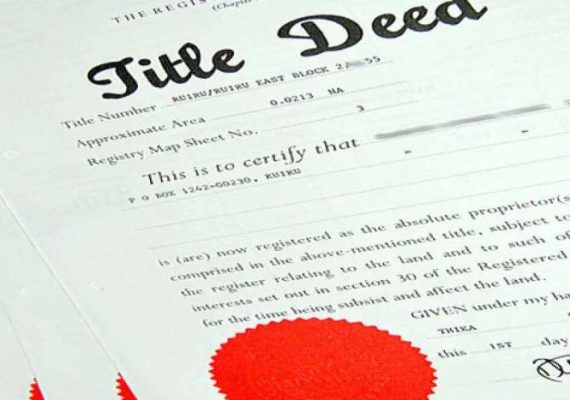What Is Yellow Mold in A House?
What Is Yellow Mold in A House?
Yellow mold is a type of household mold that’s often found growing in the corners of bathrooms and kitchens. It gets its name from the fact that it produces a yellowish or greenish color.
This type of mold is not as dangerous as other types of mold, but it can still cause respiratory problems in some people. If you suspect you have yellow mold in your home, it’s best to contact a professional to have it tested and removed.
Yellow mold in a house can be caused by several different types of mold, including Epicoccum nigrum, Aspergillus, Serpula lacrymans, and Mucor.
Epicoccum nigrum ranges in color from yellow to orange to light brown and is a fast-growing strain of mold that can be found on damp drywall, mattresses, wood, carpets, and furniture.
Aspergillus can also appear yellow in color and is a very common type of mold found in houses that is largely low-risk.
Serpula lacrymans is not dangerous for humans as much as it is for the structural integrity of wooden structures.
It grows quickly and consumes indoor and outdoor wooden materials. Mucor initially appears white or yellow but later turns gray and can cause serious health problems if inhaled or ingested, including a life-threatening infection called mucormycosis.
Yellow slime molds are also sometimes found in homes and should be avoided as they can be toxic if touched or inhaled.
If you find any type of yellow mold in your home, it’s important to take action to remove it as soon as possible to avoid potential health risks.
What Causes Mold in A House
Mold grows in places with a lot of moisture, such as around leaks in roofs, windows, or pipes, or where there has been flooding.
Mold can grow on paper products, cardboard, ceiling tiles, and wood products. Mold can also grow in dust, paints, wallpaper, insulation, drywall, carpet, fabric and upholstery.
Mold enters homes through open doorways, windows vents and heating and air conditioning systems. Mold spores outside can attach themselves to clothing shoes and pets and be carried indoors.
The key to preventing mold is controlling indoor moisture. High humidity levels are a common cause of mold growth.
Other causes include uncontrolled condensation and slow plumbing leaks.
To prevent mold growth inside your home you should control humidity levels by ventilating shower laundry and cooking areas.
You should also promptly fix leaky roofs windows and pipes. Thoroughly cleaning and drying after flooding is also important.
Mold growing in homes indicates that there is a problem with water or moisture. This is the first problem to address when dealing with mold growth.
How to Prevent Mold in A House?
Mold can be prevented by controlling moisture indoors.
Here are several ways to curb moisture indoors:
- identify problem areas in your home and correct them
- dry wet areas immediately, prevent moisture with proper ventilation
- measure indoor humidity
- open the windows
- use household exhaust fans
- monitor outdoor drainage
- keep rain gutters clean
- don’t ignore wet spills.
To prevent mold growth in the bathroom, wipe shower walls and doors after use. Don’t leave wet clothes in the washing machine where mold can quickly grow – hang them to dry preferably outside or in areas with good air circulation.
Fix any leaks or seepage in the house indoors and out. Put plastic over dirt in crawlspaces and keep them well ventilated.
If you want to protect your health and your wallet from mold growth, follow these tips and tricks:
- measure indoor humidity
- open the windows
- use household exhaust fans
- monitor outdoor drainage
- keep rain gutters clean
- don’t have too many indoor plants especially in the bedroom as mold can grow in plant soil
- fix any leaks or seepage indoors and out
- put plastic over dirt in crawlspaces and keep them well ventilated
- don’t ignore wet spills
It is important to prevent mold before it becomes a problem because it can trigger allergy symptoms such as eye irritation, congestion, and other allergy-related symptoms. Mold can also compromise your health by producing toxins that may cause respiratory problems.
How to Remove Mold from Walls?
The best way to remove mold from walls is to use a bleach/water solution. Mix one-part bleach to three parts water and apply it with a sponge or rag.
For tough mold-infested areas, you may need to use both a formulated mold remover and a bleach/water solution.
Spray the bleach solution on the affected wall until the mold spots have disappeared. In some cases, you may need to let the solution remain on the wall for a few minutes after you’ve applied it to let it soak in. If the stains are extensive or deep, you may need to repeat the process to remove all discoloration.
For painted walls, try using white vinegar, borax, and water as a natural remover. Combine two tablespoons of borax with 1/4 cup white vinegar and two cups of hot water in a bowl. Apply this mixture with a sponge or rag until the mold spots have disappeared.
If you don’t want to use bleach but do want something other than water, try using hydrogen peroxide instead. Mix equal parts hydrogen peroxide and water in a spray bottle and apply it directly onto the moldy surface. Let it sit for 10 minutes before scrubbing away with a brush or sponge.
It’s important to keep your rooms dry and airy so that mold spores won’t be able to take hold. You can also find commercial cleaners with ingredients like bleach, ammonia, and borax at your local hardware store.
